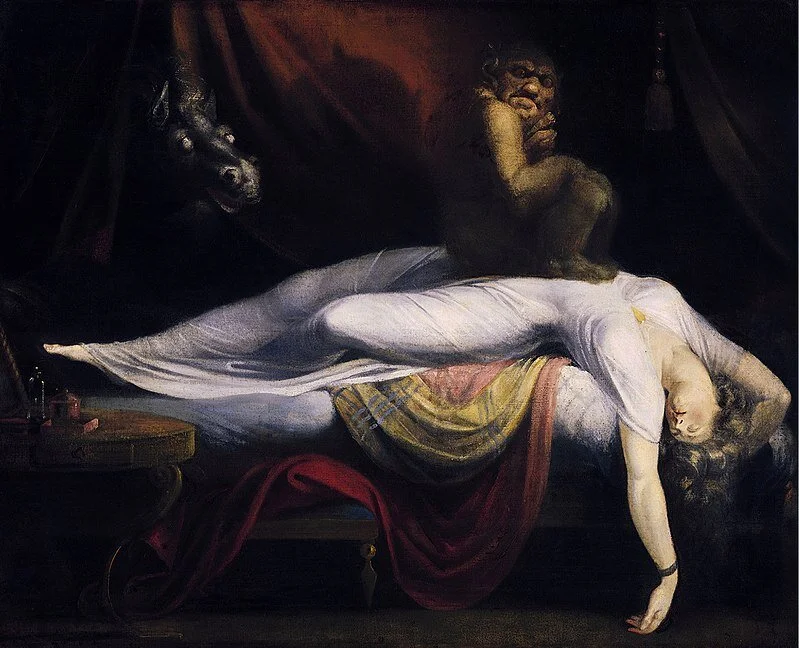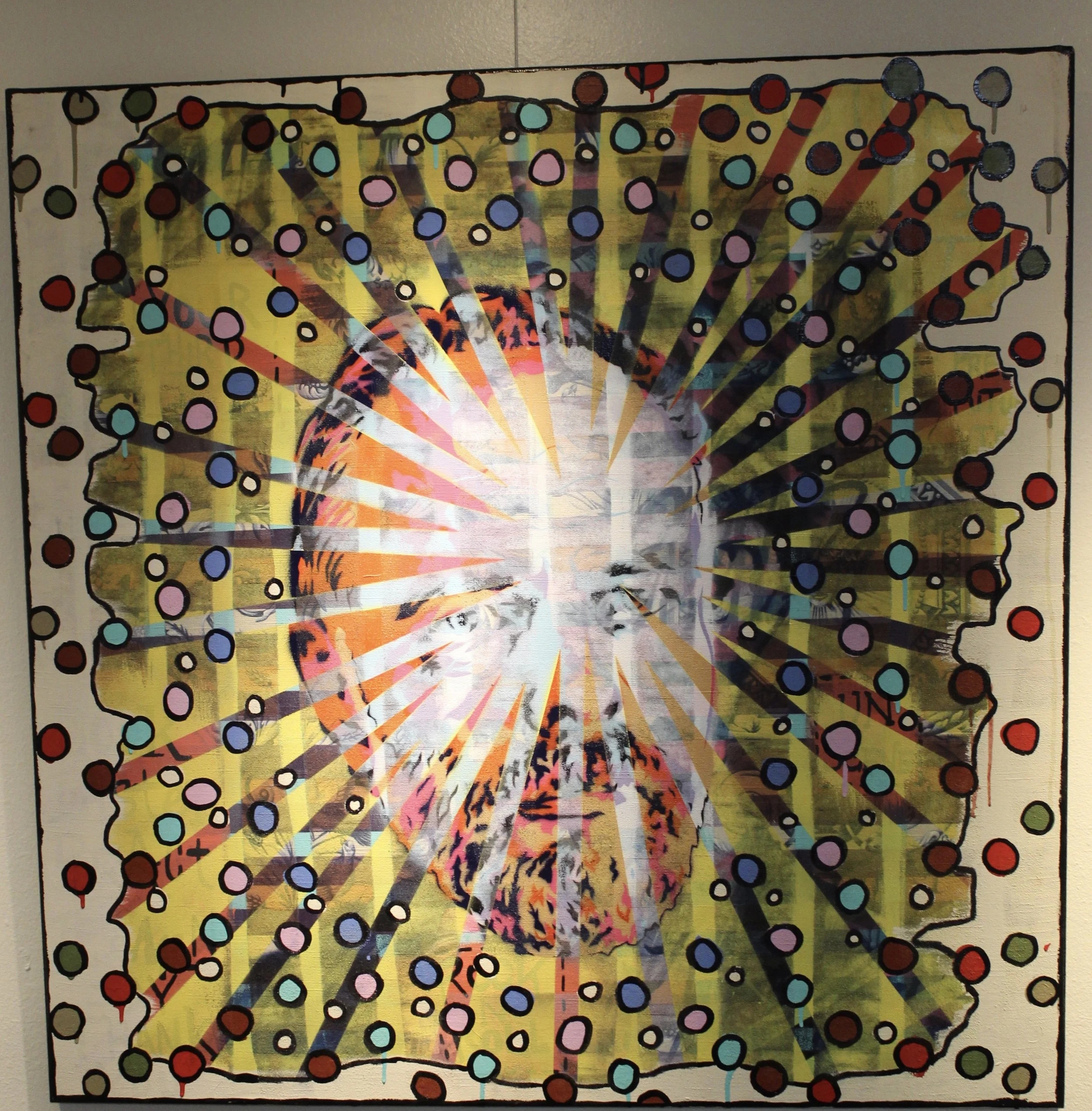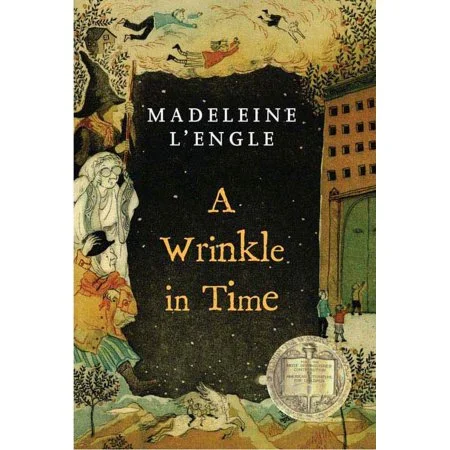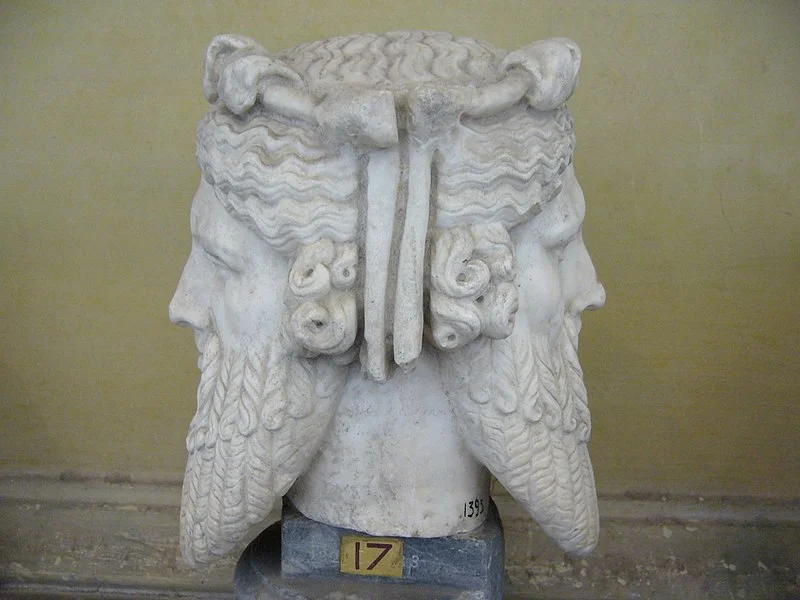Since 1990, November has been designated National Native American Heritage Month in the USA. This week, we feature some of our favorite Native American authors and their speculative writing.
Theodore McCombs on Louise Erdrich’s The Antelope Wife
There’s been a lot of ink usefully spilled on the misapplication of “magical realism” to any sort of fabulism grounded in the world at hand; properly used, the argument goes, that term describes experiences under autocratic South American regimes powered by post-colonialist, -imperialist power dynamics, in which the absurd, unreal, or magical element captures a sense (among others) that one’s lived experience is at odds with the official truth—that the authorities’ account of reality leaves out important and indigenous possibility.
Louise Erdrich makes a compelling case for a North American magical realism rooted in Native American experiences in her World Fantasy Award-winning novel, The Antelope Wife. There, the official account of the world—the ordinary modernity of (white) American realism—is constantly threatening to overwrite the much stranger, “unreal” truths of the Ojibwe community’s history. It’s not a matter of Native American religion or mythic cosmologies, Erdrich makes clear, but a way of being in the world that is plainly, practically “magic,” if judged by white standards of reality. We open with an all too realistic American cavalry raid on an Ojibwe village, during which a soldier, Scranton Roy, horrified by the carnage he’s inflicting, chases after an Ojibwe infant strapped to the back of a dog, retrieves her, and raises her as his daughter—he even nurses her at his own nipple. Her mother, Blue Prairie Woman, we learn, had once married into a community of deer, who warn her about the raid in time to strap in the baby. Her half-sisters are raised by an Ojibwe man, Old Shawano, “who quietly went about the business of life,” who knew “how to dream the whereabouts of animals and to follow their tracks and use the wind to catch them.”
But the bulk of the novel’s action takes place in modern Minneapolis, among the descendants of Scranton Roy and Blue Prairie Woman. For them, what the Ojibwe were is half-fable, half-family history, stories passed down by grandmothers and doubted by granddaughters, or romanticized by shifty anti-heroes like Klaus Shawano. Klaus abducts and imprisons a Native woman he calls Sweetheart Calico; she is his beautiful antelope woman, as graceful and elusive as the animals that (apparently?) raised her. She doesn’t speak, but other, modern Indians who encounter her interpret her looks and ascribe to her words she may or may not mean to say—declarations of love or consent that Klaus is probably just projecting, assurances and promises that no one should rightly trust to the letter. “There she is with her clothes off, running around and around the yard. In the morning, hoof tracks.” Her ambiguity carries the vague relationship the Ojibwe descendants have to their past: wide open with possibilities that now seem so foreclosed. Curious, romantic, skeptical, yearning, they ask each other: “Is it true? Is it true?”
The Flash of Light Before Thunder: Lisa Mahoney reads “Owl vs. the Neighborhood Watch,” by Darcie Little Badger
This is a story of hope, about overcoming fear and depression by increasing one’s internal and bodily strength, and by connecting with community and family. We learn that in Apache culture, Owl is a “harbinger of death, destruction, and despair,” but not necessarily the cause of it (emphasis mine). The first time the narrator, Nina, sees Owl outside her window, she is in the seventh grade.
I hope you have never felt the weight of depression, but this beautiful description of the terrifying aftermath of the first sighting rings true:
“That night, Nina fell asleep on a pile of pencil shavings and graphing paper. She dreamed that somebody replaced her nerves with puppet strings. The unseen puppeteer resisted every move she made, and Nina was still ensnared when sunlight tickled her eyes open. For weeks, her actions lagged, leaden, as if cement thickened in her marrow, her skull, and her heart-bearing chest.”
As Nina grows up, Owl returns less and less frequently, but it manifests increasingly threateningly, as if fighting back against her maturing resistance to fearing its power. Owl grows larger and more human, finds her, and, using human words, frightens her.
Owl first manifests as Athene cunicularia, a small, burrowing owl
Meanwhile Nina struggles with periodic depressive episodes, but she succeeds in her scholastic and professional life. When Owl returns to warn about an unspecified upcoming disaster in her neighborhood, she determines to fight back, provides protection proactively, and rallies the group that, until that day, had been remote names on mailboxes.
“Owl vs. the Neighborhood Watch” was published in 2017 in Strange Horizons. You can listen to the podcast and read the story. Darcie Little Badger is a Lipan Apache scientist and writer, and has a novel upcoming in Fall 2020 entitled Elatsoe.
C.S. Peterson reads Trail of Lightning by Rebecca Roanhorse
The climate apocalypse has come and gone. When the ice caps finally melted, untold numbers of people died. Supernatural powers worked with humans to build walls between the four sacred mountains, and Dinétah (the Navajo nation) was reborn. Gods and heroes from the distant past walk among the Diné once again. There were wars and famine as the great waters shaped the land outside Dinétah; no family was spared from the tragedy. “Everyone has a sob story,” as Maggie Hoskie says. And she should know.
Maggie’s own story is horrific, and the trauma she suffered awakened clan powers within her. She can run fast enough to keep up with gods and heroes, and she has a preternatural talent for killing. Mostly monsters. And it freaks people out. Not that they don’t call on her when they need a monster taken care of. For, although people in Dinétah are safe from the outside world, “sometimes the worst monsters are the ones within.”
There’s a witch, somewhere in Dinétah, who is creating monsters. At first they’re popping up here and there, uncanny voiceless creatures hungry for human flesh. But then things get out of hand and whole towns are overrun. It’s up to Maggie to figure out who is doing this, and end the plague of monsters for good. She has help: Kai Arviso. Kai has returned to Dinétah from the city that used to be Albuquerque to learn medicine from his grandpa. Coyote, shows up to help as well, though the advice he gives is unreliable.
Maggie would like help from Neizghání, her mentor and one of the hero twins of old. He’s been slaying monsters since time began. He helped Maggie perfect her skills when her powers manifested. But Neizghání abandoned Maggie a year ago at Black Mesa. Black Mesa, that vortex of controversy between Diné, Hopi, and outside coal companies, not to mention dark futuristic video games on Steam. Maggie’s keeping the flame burning for him, and wallowing in self-hatred. She may have gotten a little confused and a little too enthusiastic about the killing. Bad men? Monsters? Aren’t they all the same?
“Words matter,” Neizghání said. “The name you give things, it forms them when you speak. You must always be careful with your words.”
Badass that Maggie is, she is still mortal. Coyote and Neizghání are not. They travel by lightning bolt, for one thing. Immortal/mortal romances fair no better in Dinétah than they do in any other fantastical world. Immortals, from Coyote to Zeus to Dr. Who, have different priorities. Besides the trauma, Maggie’s commitment to an abusive partner skews her vision and has her seeing betrayal and tricksters at every turn. There are many candidates for the title of “monster,” and Maggie sees what she’s looking for. Kai is the voice of caution in her ear:
“You know people who love you don’t hurt you like that,” he says, “Love’s not supposed to try to kill you.”
Love and beauty are not qualities of monsters, but love and beauty are just what Maggie needs. Trail of Lightning is a powerful and riveting introduction to the sixth world and the land of Dinétah. Maggie’s story continues in Storm of Locusts, and two more planned book in The Sixth World Series.
Of Wolf and Young Man: Mark Springer on Stephen Graham Jones’s Mongrels
Growing up is hard. Just ask anyone, ever. But growing up in a family of werewolves, living on the fringes of society in the deep South, poor and isolated, while you wait to find out if you, too, are a wolf at heart? That’s almost too hard to imagine—until you read Mongrels, by Stephen Graham Jones.
Think of Mongrels as a coming-of-age story with bite—call it a Bildungsroman des Loups, to honor Jones’s well-deserved reputation for genre-busting literary speculative fiction. The novel’s unnamed narrator lives with his Grandpa, his uncle Darren, and his aunt Libby in rural Arkansas. His mother died giving birth to him, and no one ever talks about his dad. Grandpa likes to tell werewolf stories to pass the time. Not the usual folklore, mind you. In Grandpa’s stories, Grandpa is the werewolf. The narrator, almost eight years old at the start, hangs on every word, because that’s what young children do—they listen to the stories they hear from adults, and those stories teach them how to see the world, and how to act, and what kind of person they’re supposed to become. If you hear enough werewolf stories as a kid, and if those stories are told like gospel, then of course you grow up wanting to be a werewolf, never mind the rest of the world telling you that werewolves don’t exist.
This being a Bildungsroman des Loups, it turns out that Grandpa’s stories are true, even when some of the details are made up; the old man is a werewolf. So are Darren and Libby. The narrator’s mom wasn’t, though, which means the narrator might not be, either. “Some are lucky like that,” Libby tells him. (In Mongrels, lycanthropy is a heritable trait, a supernatural condition, and a blood-borne affliction, all at once.) But the narrator isn’t sure if this is good luck, or bad. Despite the obvious hardships of being a werewolf, he wants to be like Grandpa, like Darren, to be part of the family legacy. Like every kid, everywhere, ever, he wants to be reassured that he belongs. That he’s not a misfit, not alone.
As the novel unfolds year by year, the narrator and his aunt and uncle drift back and forth across the deep South, usually never more than a half-step ahead of disaster. (Werewolves are always outsiders, always on the move, always in trouble.) The plan is for Darren and Libby to take care of the narrator until his true nature reveals itself—wolf, or not-wolf. The longer the narrator goes without shifting, the more anxious he becomes. If he doesn’t shift by his sixteenth birthday, then he probably never will. And if he doesn’t shift, if it turns out that he isn’t part of the story that has been passed down to him, the story that connects him to the history and culture that give his life meaning, then what will he do? What will he be?
As in Jones’s more-than-a-ghost-story novella, Mapping the Interior, the existential questions that emerge from this intimate portrait of an adolescent boy struggling to understand how to become a man are never fully answered. How could they be? Such transformations are never easy, often painful, and, like so much in this world, always contingent on more than we will ever understand. That’s why we need stories in the first place, humans and werewolves alike.
Editor’s Note: Jones’s next book, The Only Good Indians, is out April 7, 2020. Read a teaser here, and then watch for Fiction Unbound’s review, coming soon.




































There is so much out there to read, and until you get your turn in a time loop, you don’t have time to read it all to find the highlights.